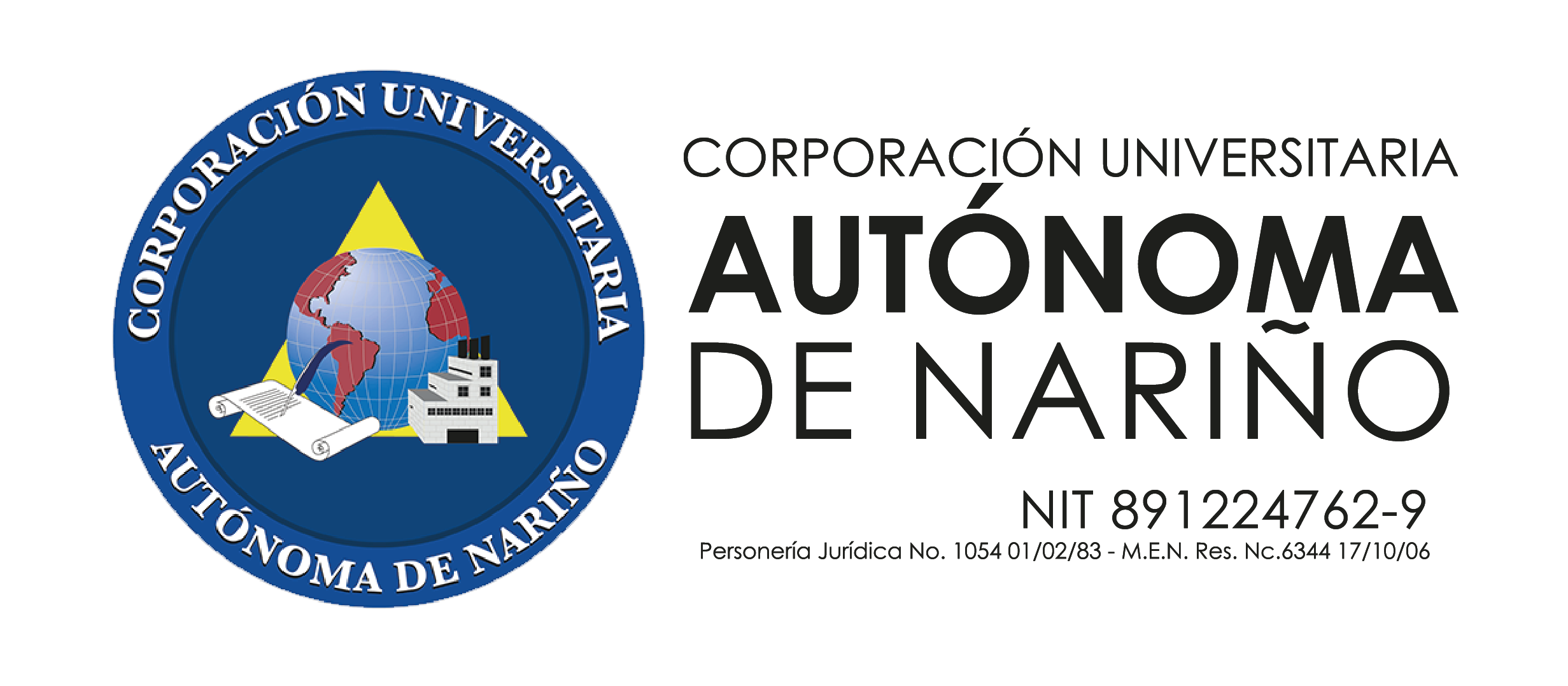Determinants of export supply of coffee in Nicaragua
DOI:
https://doi.org/10.47666/summa.4.2.11Keywords:
coffee, exportable supply, econometric model, linear regressionAbstract
Coffee cultivation is fundamental for the Nicaraguan economy, due to its generation of profits through international trade and being the productive base of thousands of small and medium producers; in 2015 coffee represented 15.6% of total exports in the country. This study performs a log-linear econometric model of multiple regression with distributed lags on the exportable supply of coffee in the period 1994-2015 and is supported by authors such as Moguillansky (1995); Mántey (2013); Amaya & Lanuza (2014); Aviles, et al. (2020). The methodology used is quantitative, correlational and includes variables such as exchange rate policy, trade policy and productive capacity (yield and Gross Domestic Product GDP). The data were extracted from the Central Bank of Nicaragua BCN and the econometric software Gretl was used for the estimations. The results show a significant model (p=0.00) with statistically significant independent variables that fit 89.5%. It was found that trade liberalization lagged by two years has a positive marginal effect of 0.9% on the exportable supply of coffee in the country, that is, trade agreements tend to have effects two years after their signing; with respect to the exchange rate policy, the parameter turned out to be lower with 0.012% with a lag period, it complies with the expected sign which explains that depreciating the national currency influences the increase of exports in volumes the following year but with low results. GDP and yields promote slight increases in exportable supply.
Downloads
References
Amaya, A., y Lanuza, I. (2014). Nicaragua y la exportación de café. Un análisis de regresión. Orbis. Revista Científica Electrónica de Ciencias Humanas, 10(29), 37-66.
APEN (2018). Nicaragua enfrenta la ruta de la productividad. Nicaragua Exporta. Año 2018. Abr. http://apen.org.ni/wp-content/uploads/2019/06/RNE-EDICION-APEN-ABRIL-2018.pdf
Aviles, Y., Ordoñez, K., Rojas, Y., y Rojas, C. (2020). Factores que explican los flujos de exportaciones de Nicaragua hacia sus quince principales destinos comerciales: un análisis basado en el modelo gravitacional del periodo 1994-2013. Boletín Electrónico sobre Integración Regional del CIPEI, 5, 73-103.
Balassa, B. (1990). Incentive policies and export performance in Sub-Saharan Africa. World Development, 18(3), 383-391. https://doi.org/10.1016/0305-750X(90)90125-H
Bastianin, A., Lanza, A., & Manera, M. (2018). Economic impacts of El Niño southern oscillation: Evidence from the Colombian coffee market. Agricultural Economics, 49(5), 623-633
BCN. (1996). Informe Anual 1996. Banco Central de Nicaragua. https://www.bcn.gob.ni/publicaciones/informe_anual?field_fecha_value%5Bvalue%5D%5Byear%5D=1996
BCN. (1999). Informe Anual 1999. Banco Central de Nicaragua. https://www.bcn.gob.ni/publicaciones/informe_anual?field_fecha_value%5Bvalue%5D%5Byear%5D=1999
BCN. (2001). Informe Anua 200l. Banco Central de Nicaragua. https://www.bcn.gob.ni/publicaciones/informe_anual?field_fecha_value%5Bvalue%5D%5Byear%5D=2001
BCN. (2005). Informe Anual 2005. Banco Central de Nicaragua. https://www.bcn.gob.ni/publicaciones/informe_anual?field_fecha_value%5Bvalue%5D%5Byear%5D=2015
BCN. (2006). Memoria Anual 2006. Banco Central de Nicaragua. https://www.bcn.gob.ni/publicaciones/informe_anual?field_fecha_value%5Bvalue%5D%5Byear%5D=2006
BCN. (2009). Informe Anual 2009. Banco Central de Nicaragua. https://www.bcn.gob.ni/publicaciones/informe_anual?field_fecha_value%5Bvalue%5D%5Byear%5D=2009
BCN. (2010). Informe Anual 2010. Banco Central de Nicargua, Managua-Nicaragua. https://www.bcn.gob.ni/publicaciones/informe_anuario_estadistico?field_fecha_value%5Bvalue%5D%5Byear%5D=2010
BCN. (2012). Informe Anual 2012. Banco Central de Nicaragua. https://www.bcn.gob.ni/publicaciones/informe_anual?field_fecha_value%5Bvalue%5D%5Byear%5D=2012
BCN. (2013). Informe Anual 2013. Banco Central de Nicaragua. https://www.bcn.gob.ni/publicaciones/informe_anual?field_fecha_value%5Bvalue%5D%5Byear%5D=2013
BCN. (2015). Informe Anual 2015. Banco Central de Nicaragua. https://www.bcn.gob.ni/publicaciones/informe_anual?field_fecha_value%5Bvalue%5D%5Byear%5D=2015
Bernardo, H., y Ingaroca, M. (2016). Impacto del itpo de cambio y la demanda externa en las exportaciones de café en Junín 2002-2012. Universidad Nacional del Centro del Perú, Huancayo. https://repositorio.uncp.edu.pe/handle/20.500.12894/1521
Bustos Aguayo, J., García Lirios, C., & Juárez Nájera, M. (2021). Validity of a habitus model of coffee entrepreneurship. SUMMA. Revista disciplinaria en ciencias económicas y sociales, 3(1), 1-21. https://doi.org/10.47666/summa.3.1.02
Catacutan, Z., & Ulep, M. (08 de 02 de 2021). Exportable Production Forecast of Southeast Asian. Jour, 1, 35-48.
De La Hoz Suárez, A., González Vergara, M., Lugo Hernández, E., & Arenilla Buelvas, M. (2020). Aplicabilidad del principio contable de negocio en marcha en tiempos de COVID-19. SUMMA. Revista disciplinaria en ciencias económicas y sociales, 2(Especial), 141-154. https://doi.org/10.47666/summa.2.esp.10
Edwards, S. (1993). Openness, trade liberalization, and growth in developing countries. Journal of economic Literature, 31(3), 1358-1393.
Elbadawi, I. (1998). Real exchange rate policy and non-traditional exports in developing countries. World Institute for Development Economics Research. https://www.deepl.com/translator#en/es/Unpublished
Fang, W., Lai, Y., & Miller, S. M. (2006). Export Promotion through Exchange Rate Policy: Exchange Rate Depreciation or Stabilization? Southern Economic Journal, 72, 611.
Flores, M., Bratescu, A., Martínez, J., Oviedo, J. y Acosta, A. (2002). Centroamérica: El impacto de la caída de los precios del café. Chile: Comisión Económica para América Latina CEPAL.
Fórum Cultural del Café [Forumcafe] (2016). Café Origen. Nicaragua. https://www.forumdelcafe.com/biblioteca/nicaragua-1
Gbetnko, D., & Khan, S. (2020). Determinants of agricultural exports: The case of Cameroon. (Doctoral dissertation, AERC).
Gerrard, C. D., Ansong, G., & Posehn , G. (1993). Agricultural pricing policy in Eastern Africa: A macroeconomic simulation for Kenya, Malawi, Tanzania, and Zambia. Economic Development Institute of the World Bank. https://doi.org/10.1596/0-8213-1967-1
Gujarati, D. N., y Porter, D. C. (2010). Econometría. México: McGraw Hill.
Hernández Sampieri, R., Fernández Collado, C., y Baptista Lucio, P. (2014). Metodología de la investigación (6a. ed. --.). México: McGraw-Hill.
Internacional Cofee Organization [OIC] (2022). Datos históricos. Exportaciones. https://www.ico.org/historical/1990%20onwards/PDF/1e-exports.pdf
IICA. (2004). Cadena Agroindustrial del cafe.
Jiménez-Torres, A., y Massa-Sánchez, P. (2015). Producción de café y variables climáticas: El caso de Espíndola, Ecuador. Economía, XL(40), 117-137
Krugman, P. (2008). Fundamentos de Economía.
Mántey, G. (2013). ¿Conviene flexibilizar el tipo de cambio para mejorar la competitividad? Revista Problemas de Desarrollo, 175(44), 44-68.
Moguillansky, G. (1994). Factores Determinantes de las Exportaciones Industriales Brasileñas durante la Década de 1980. Cuadernos de Economía, 31(92), 3-25. http://www.jstor.org/stable/41951247
Moguillansky, G. (1995). Impacto de la política cambiaria y comercial sobre el desempeño exportador en los años ochenta. Revista de la CEPAL, 55, 93-106.
OIC. (2016). Evaluación de la sostenibilidad económica de la producción de café. Reino Unido: Organización Internacional del Café ICC.
Plataforma Nicaragüense de Café Sostenible (Nicafés). (2019). Institucionalidad del sector café en Nicaragua. Nicaragua. Obtenido de https://assets.rikolto.org/institucionalidad_del_cafe.pdf
Porter, M. E. (1982). La ventaja Competitiva de las Naciones. (J. Vergara, Ed.) México.
Ricardo, D. (1817). On the principles of political economy and taxation.
Solórzano, J. y Cáceres, F. (2012). Programa de Mejoramiento Productivo de la Caficultura: Series de Estudio Especiales. Nicaragua: FUNIDES.
Tshibaka, T. (1997). Effects of domestic economic policies and external factors on export prices and their implications for output and income in Cameroon. Kenia: AERC Final Report, AERC.








